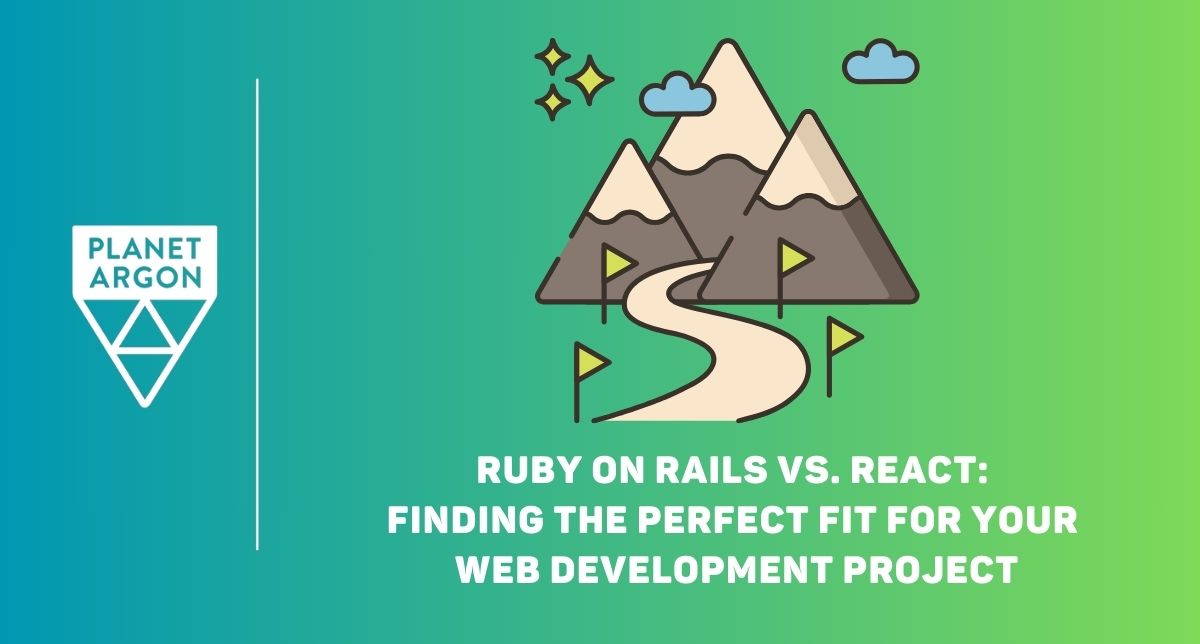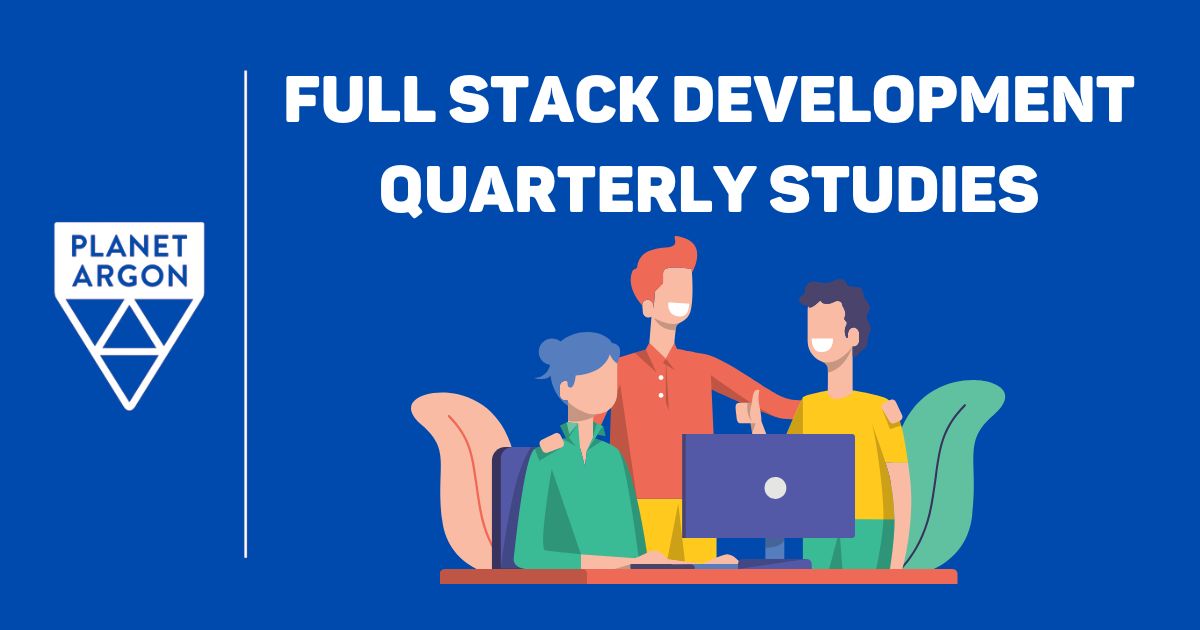Ruby on Rails vs. React: Finding the Perfect Fit for Your Web Development Project
Reading time: ~ 3 minutes

Choosing between Ruby on Rails and React for your web development project is more than just a technical decision—it’s about finding the right fit for your team’s dynamics and your project's goals. Let’s dive into what each technology can offer, how they differ and overlap, and why combining React within a Rails application might be the sweet spot, especially for smaller teams.
Getting to Know Ruby on Rails and React
Ruby on Rails, affectionately called Rails, is a comprehensive server-side framework that helps you handle everything from databases to server logic and beyond. It's built on Ruby and comes with a set of conventions that guide you in structuring your application, making it faster and easier to get your app up and running.
React, developed by Facebook, is all about building seamless user interfaces. It’s a JavaScript library that lets you create reusable UI components. React is particularly great for developing single-page applications that need quick, interactive elements that can update without a page reload.
What Can Each Do?
Rails is a one-stop-shop for web applications, equipped with tools to manage both the front and back ends of your website. It’s particularly famed for speeding up development times thanks to a vast ecosystem of Gems—little plugins that add extra functionality without extra coding.
React focuses on the user interface. It uses a virtual DOM to update user views efficiently, making it ideal for interactive features in web applications.
Differences and Similarities
The main difference between Rails and React lies in their operational scopes: Rails is a full-stack framework, while React is a front-end library. This means Rails handles everything from rendering pages to database management, whereas React primarily manages what the user sees and interacts with.
A key similarity is their developer-friendly nature. Both Rails and React aim to streamline development—Rails through its conventions and React with its component-based architecture.
Our dev team participated in a project a while ago that focused on Full-Stack Development using React, and each one of the apps was unique, practical, and fun.
Combining Forces: Rails and React
There are two ways React and Rails are commonly used together:
1. Rails as a Backend API + React as a Frontend (the separate approach)
In this setup, Rails serves as the backbone, managing all the server-side logic and database interactions. React livens up the frontend, talking to the Rails backend through APIs. This separation can lead to more scalable and flexible applications.
2. React Within a Rails App (the integrated approach)
Sometimes you don’t need a full-blown SPA (Single Page Application). React can be sprinkled within a Rails application wherever you need that extra interactivity, like in forms or dynamic parts of your page, without fully committing to a separate frontend framework.
Pros and Cons of Each Approach
Pros of a Separate Approach
- Scalability: Separate repositories for frontend and backend allow each part to scale independently, accommodating more complex applications.
- Focused expertise: Developers can specialize in either frontend or backend, potentially increasing the quality of development in each area.
Cons of a Separate Approach:
- Increased complexity: Managing two separate codebases and deployment processes can complicate the development cycle.
- Coordination challenges: Ensuring that the frontend and backend work smoothly together requires meticulous coordination and testing.
Pros of an Integrated Approach:
- Simplified management: Keeping both frontend and backend in one repository makes it easier to manage changes and deployments.
- Unified development cycle: Developers can work more collaboratively and efficiently, with less overhead from juggling two separate projects.
Cons of an Integrated Approach:
- Potential for bloat: Combining everything in one app can lead to a bloated codebase if not managed carefully.
- Limited flexibility: As your application grows, it might become necessary to decouple the frontend and backend to scale efficiently.
Our Take: Start Integrated, Scale as Needed
For small teams (think 2-3 people), the integrated approach of using React within Rails is likely your best bet. It cuts down on the overhead of managing multiple repositories and deployment processes, letting you focus on building out features rather than on maintaining multiple codebases. As your team and project grow, you might consider splitting the frontend and backend—but until then, keep it simple and streamlined. This approach has worked for us, allowing for quicker iterations and a smoother development process without the slowdowns caused by over-optimizing too early.
If you have an existing application that was developed with React, we can help you work through a product backlog, develop new features, and maintain your app. Recently, we used React to quickly build frontend views and swap out complicated elements when implementing new text translation features. We can also use it to build bespoke web pages for marketing campaigns. We’re here to support you!
